The Hollywood Museum – History from the Inside Out
Tag: Historic Hollywood
Housed in the historic Max Factor building, The Hollywood Museum not only contains more than 10,000 pieces of film industry memorabilia, the building itself is a classic.
Designed by architect S. Charles Lee, the building was sold to make-up artist Max Factor in 1928, but its opening was delayed until 1935 due to the Great Depression. It was here, in this stunning Art Deco structure, that Factor created make-up originals. Factor’s cosmetic empire, like the building itself, went through a variety of owners after Factor’s son, Max Factor Jr., sold it in 1973.
It was Proctor & Gamble that sold the building to The Hollywood Museum’s founder Donelle Dadigan, in 1994. It took her nine years to restore it to its original glory, recreating everything from Factor’s original make-up rooms to chandeliers and antique furniture.
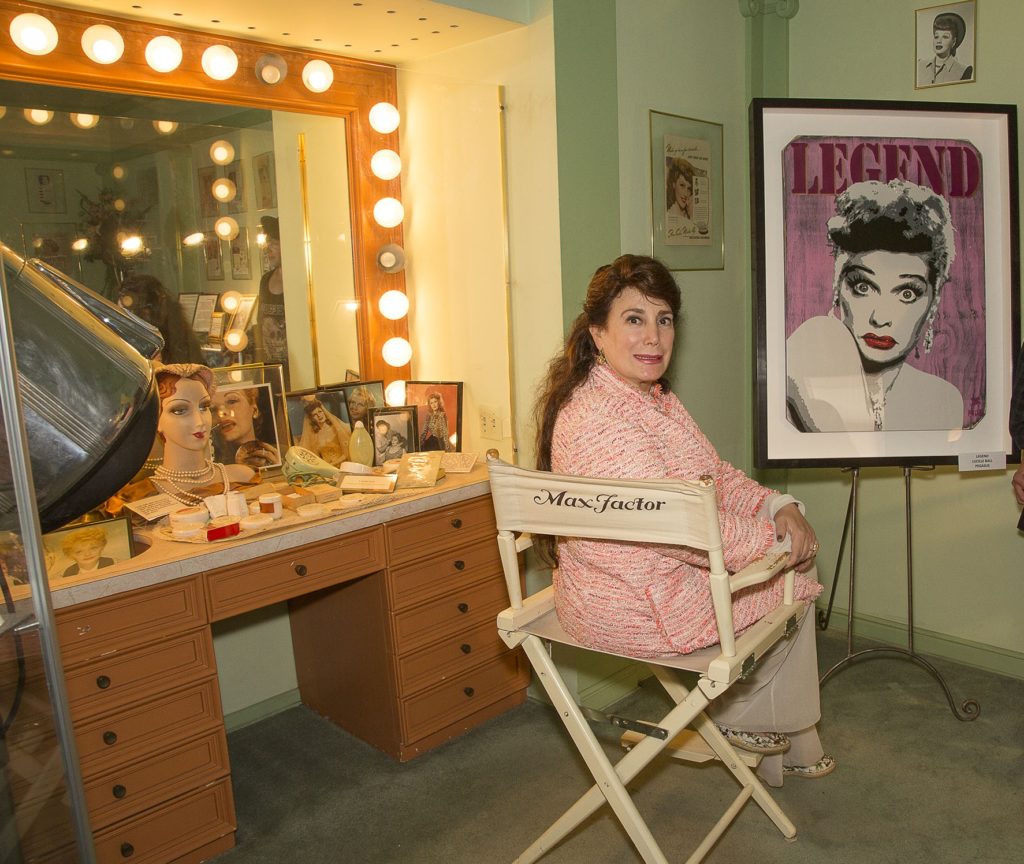 Donelle Dadigan, founder of The Hollywood Museum (courtesy photo).
Donelle Dadigan, founder of The Hollywood Museum (courtesy photo).
According to museum publicist Harlan Boll, Dadigan originally purchased the building to house a personal collection as well as Hollywood artifacts. “Her godfather, Jose Iturbi, was the first person to sell a million records, and one of the first musicians to get a star on the Hollywood Boulevard Walk of Fame. He played for Frank Sinatra and Judy Garland among others, and had quite a following,” Boll relates. “Going far beyond that collection, Donelle took photos from the original Max Factor studios so that everything in the museum was restored precisely, for example, making sure all the colors were right in each of the individual rooms designed for clients by hair color. This is all Donelle’s baby.”
Today, the museum’s ground floor houses those studios which include one for blondes, used by Marilyn Monroe, one for brunettes, and one for redheads. In the latter, Lucille Ball was given her signature hair color, designed by Factor.
“Marilyn’s look was created here. Rita Hayworth, Elizabeth Taylor,” Boll says. “Factor originally tried blonde on Lucille Ball before settling on the signature red. I spoke to Lucy Arnaz about that, and she said that she remembered sitting in a corner as a child, watching as her mother had her hair done while Max worked on her.”
 Max Factor applying makeup to Jean Harlow in his studio, circa 1929 (courtesy photo).
Max Factor applying makeup to Jean Harlow in his studio, circa 1929 (courtesy photo).
The Hollywood Museum has four floors of exhibit space, including a basement that houses the Dungeon of Doom. It was once a bowling alley as well as a speakeasy during Prohibition. Today, visitors can spend time in the same jail cell where Jodie Foster visited Anthony Hopkins as Hannibal Lecter in Silence of the Lambs. The original set was donated by the studio, reconstructed piece by piece, and is on display year-round.
“The walls of course are fake brick,” Boll reports. “But everyone looks at it, thinks it’s real until they rap their knuckles against it.”
Boll adds that the “number one request of the museum is from people asking to spend the night in the Silence of the Lambs cell. Even members of the police force have requested it.”
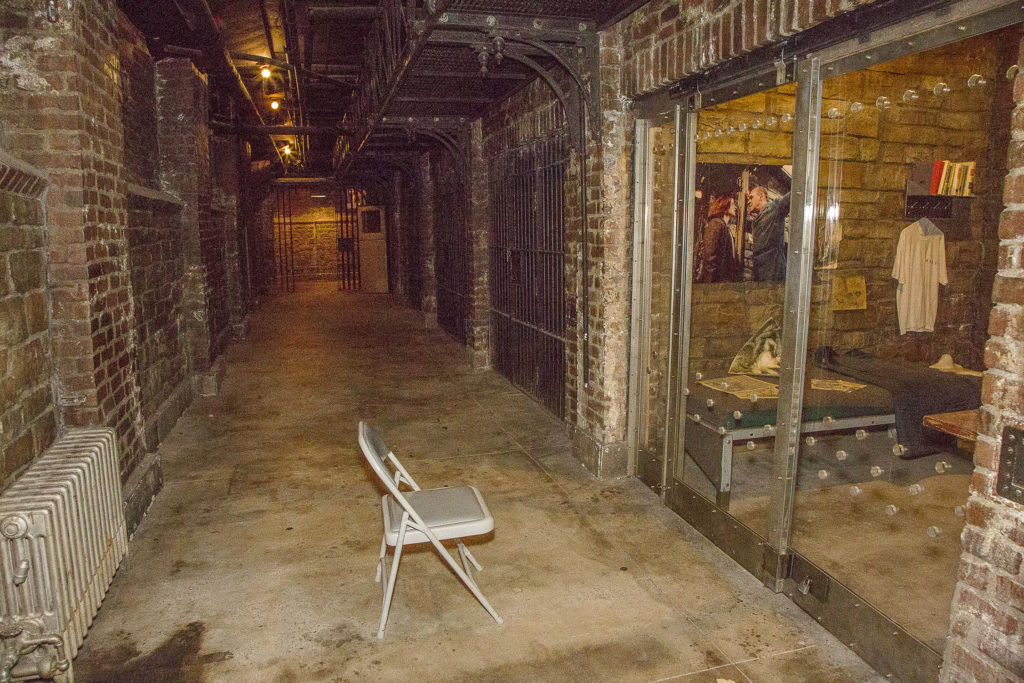 Hannibal Lecter’s jail cell from Silence of the Lambs, in the Dungeon of Doom at The Hollywood Museum (courtesy photo).
Hannibal Lecter’s jail cell from Silence of the Lambs, in the Dungeon of Doom at The Hollywood Museum (courtesy photo).
Along with the set, Boll says the basement area also holds original costumes and props from more than 40 horror films. “You’ll see horror figures Freddy Krueger, Michael Myers, and Jason, items from Sweeney Todd, Chucky, Underworld, Van Helsing, Blair Witch, The Walking Dead and the classics like Frankenstein, Dracula, Vampira, and Elvira,” Boll asserts. More chilling memorabilia: the costume and mask used by Anthony Hopkins in Silence of the Lambs, and the slightly macabre death masks of Vincent Price, Bella Lugosi, Lon Chaney, Christopher Lee, Boris Karloff, and Peter Lorre.
On the main floor, besides the lush Art Deco lobby and Max Factor’s restored make-up rooms, visitors are offered a look at Cary Grant’s Rolls Royce, a tribute to Judy Garland, and Planet of the Apes props and costumes among other sci-fi exhibits.
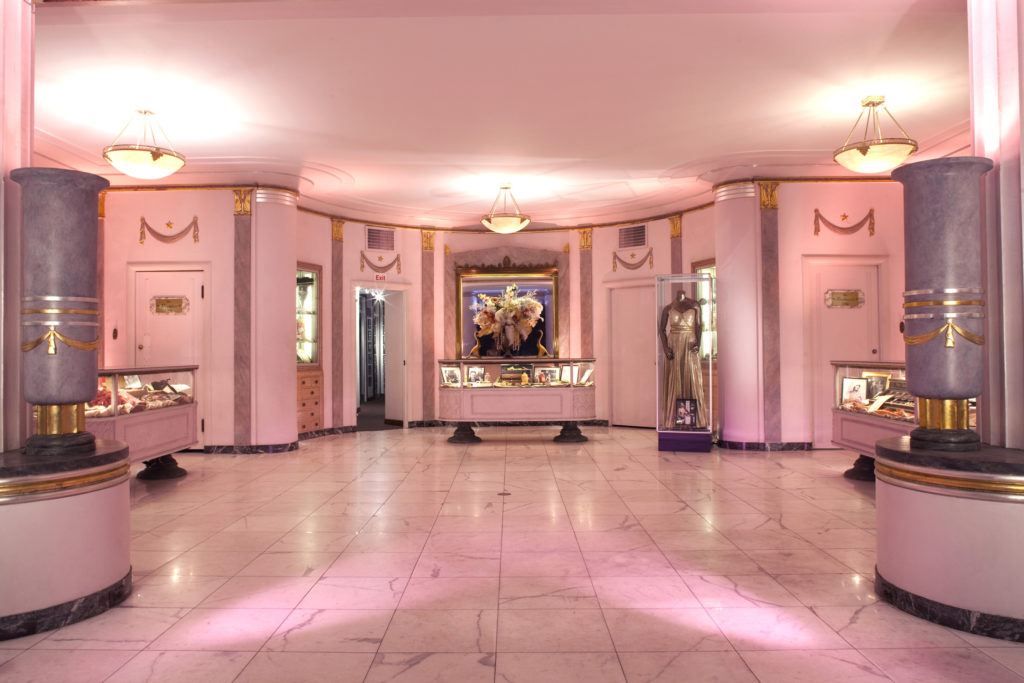 The lobby of The Hollywood Museum in the Historic Max Factor Building (courtesy photo).
The lobby of The Hollywood Museum in the Historic Max Factor Building (courtesy photo).
“There’s a piece of the Hollywood sign here, too,” Boll adds. “It’s from the letter ‘H’ and you can see the graffiti on it and bullet holes shot through it, and why it had to be replaced due to damage.”
And don’t miss the Beauty Calibrator. Boll suggests it’s one scary-looking machine. “It’s one of the earliest forms of technology. It looks like a cage. It was placed over a woman’s head and it was used to pinpoint parts of your face to measure things like how high your eye brows went, how big your lips were, the distance between your eyes. Max Factor would use that to measure how to contour your face. The older stars remember it and not fondly. It looks like something from Hellraiser,” he laughs.
 One of Max Factor's creations, on display at The Hollywood Museum: the beauty calibrator (courtesy photo).
One of Max Factor's creations, on display at The Hollywood Museum: the beauty calibrator (courtesy photo).
The second and third floors exhibit costumes worn by stars in famous films, along with props and posters. These include what the museum calls the world’s largest collection of genuine Marilyn Monroe memorabilia.
“Marilyn will always be there because she is just so popular people would complain if they took her out for even a short time,” Boll attests. “Another permanent exhibit for us is the Jose Iturbi, which includes his grand piano, and the tux Frank Sinatra wore when he performed with Jose.”
Along with permanent exhibits, the museum features other stellar rotating shows. “Currently we have an LGBT history exhibition, Reel to Real: Portrayals and Perceptions of Gays in Hollywood,” Boll says. “In February, we’ll be presenting an Annette Funicello exhibit.”
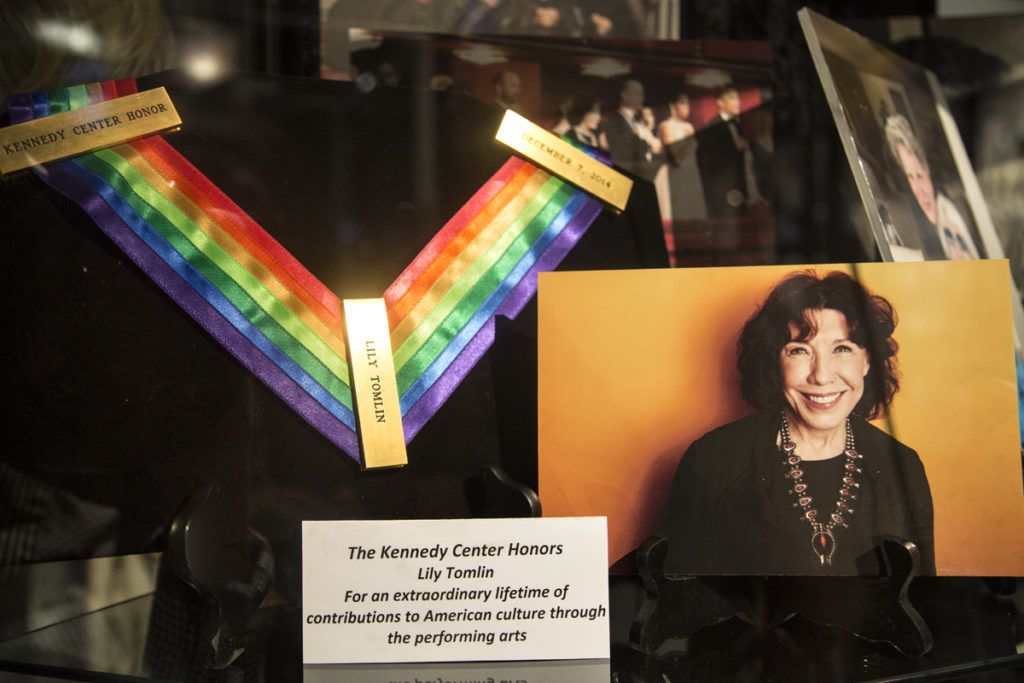 Part of the Reel to Real: Portrayals and Perceptions of Gays in Hollywood exhibit, featuring actress, comedian and producer Lily Tomlin (courtesy photo).
Part of the Reel to Real: Portrayals and Perceptions of Gays in Hollywood exhibit, featuring actress, comedian and producer Lily Tomlin (courtesy photo).
Even the elevators at The Hollywood Museum have history. Big enough to move cars from Factor’s collection and the museum’s artifacts, it was and is an important transit point to parties and events held on the top floor. “Max Factor put a bar in the elevator, and we do that to this day for events such as the Emmy Daytime Nominee and Oscar parties. We can carry 40 to 50 people up and they’ll have their drinks in their hands when they reach the party.”
Boll notes that the museum is the only Hollywood memorabilia museum to survive and thrive year after year. “It allows people to access history and stories about Hollywood they would not otherwise know.” One such story centers on a beaded dress worn by Barbara Stanwyck to the Oscars. “It’s only beaded on one side because she said the designers shouldn’t waste their time beading the right side. She wouldn’t allow anyone to photograph her from the right side.”
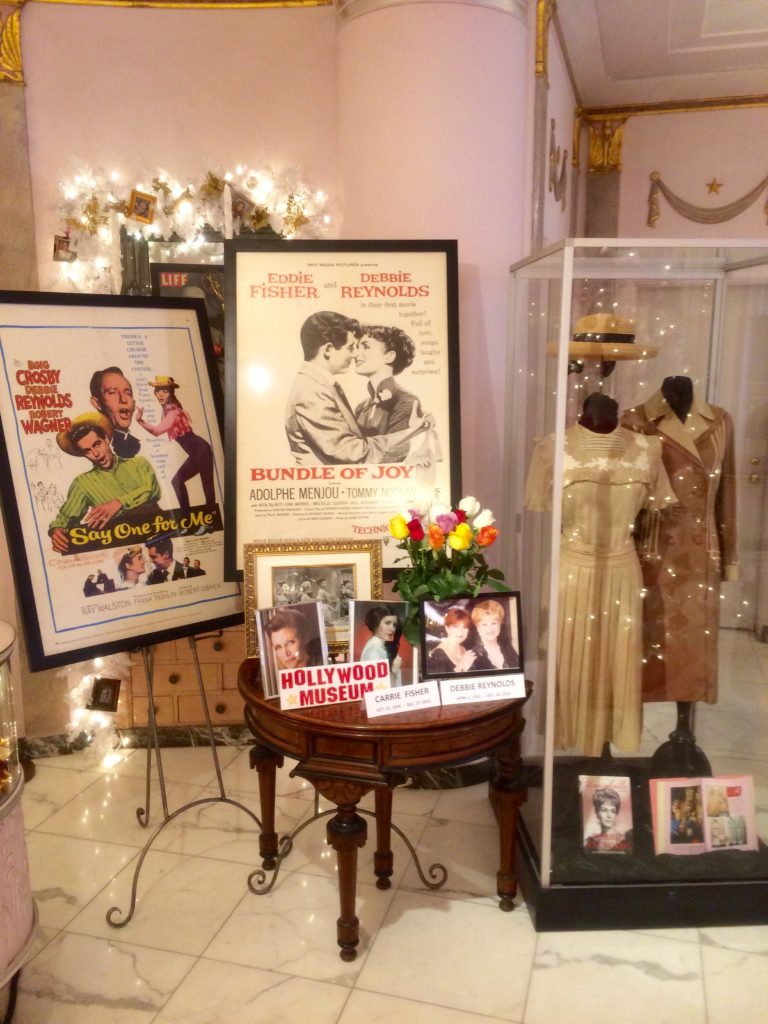 The Hollywood Museum's tribute to Debbie Reynolds (courtesy photo).
The Hollywood Museum's tribute to Debbie Reynolds (courtesy photo).
Along with its exhibits, the museum holds a wide range of events every year, including tributes to stars who’ve passed away, such as Debbie Reynolds, and a 2011 reunion of individuals who worked on I Love Lucy, to celebrate its 60th anniversary and Lucille Ball’s 100th birthday.
The Hollywood Museum
1660 N. Highland Ave.
(323) 464-7776
Genie Davis is a multi-published novelist and journalist, and produced screen and television writer. Passionate about everything-Los Angeles, you can see her work in the arts on her own www.diversionsLA.com.
Mentioned in this Post
The Hollywood Museum
1660 Highland Ave